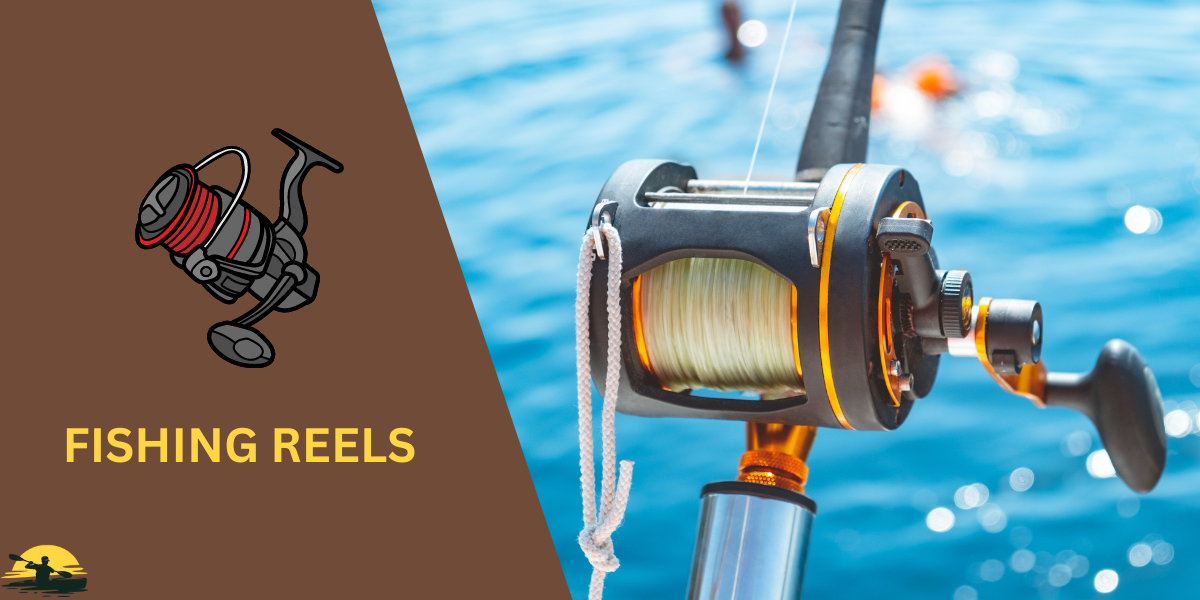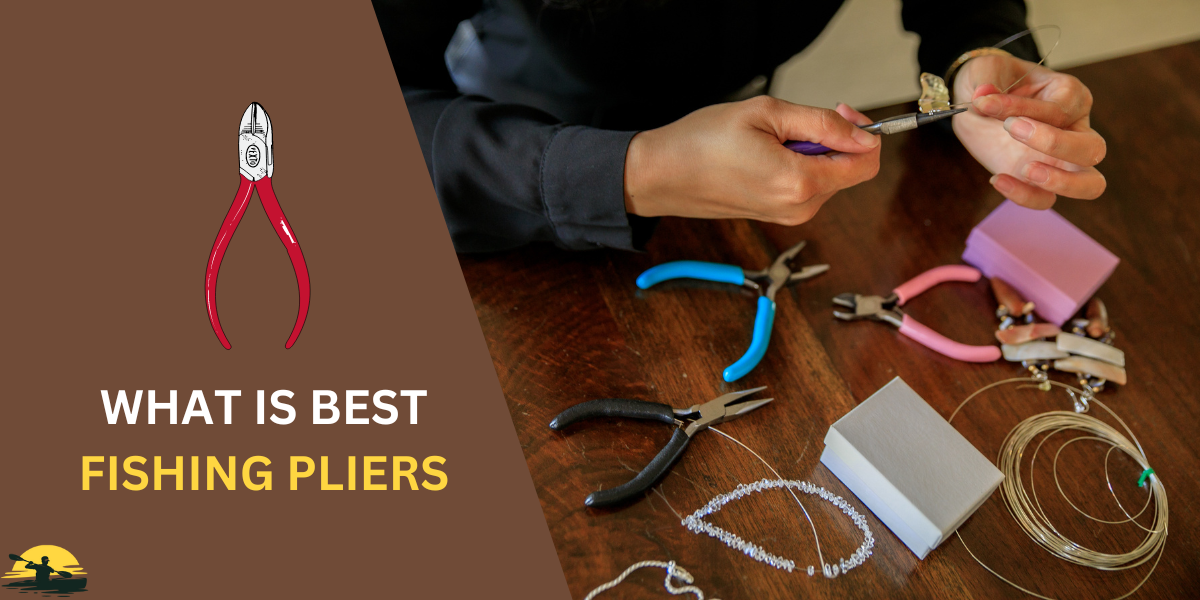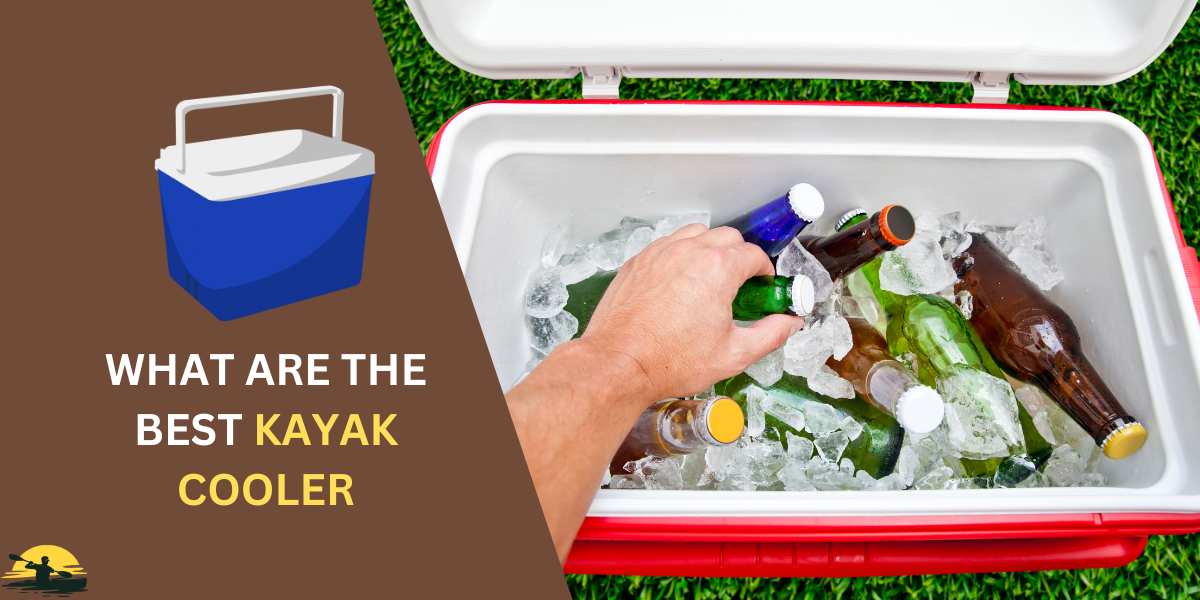
Ever watched people cruising on paddle boards and thought, “That looks awesome, but how do I do it?”
Trying a new water sport can be intimidating. Boards, paddles, techniques – it’s easy to feel lost before you even get in the water.
Relax! This beginner’s guide to paddle Boarding (SUP) will make it easy. We’ll cover everything you need to get started in 2024, from gear to paddling like a pro.
How to Paddle Board
Have Fun! Once you’ve got the basics, try SUP yoga, fishing, surfing, or exploring new waterways.
Get the Gear: Choose an all-around or inflatable SUP board and an adjustable paddle. Don’t forget a PFD and leash for safety.
Learn the Basics: Start on your knees, then slowly stand with feet shoulder-width apart and knees slightly bent. Use your core for balance.
Master the Strokes: Practice the forward stroke, reverse stroke, and sweep stroke to move and steer your board.
Choose Your Spot: Begin in calm waters like lakes or bays. Check conditions and regulations before heading out.
Safety First: Always wear a PFD, paddle with a buddy, and let someone know your plans.
Essential Paddle Boarding Equipment
Your Ride: Paddle Board Types
Paddle boards come in a few flavors:

- All-Around: These are like the Swiss Army knives of paddle boards – good for a bit of everything. They’re perfect for beginners because they’re stable and easy to control.
- Inflatable Paddle Boards: These are great if you don’t have much storage space. You can roll them up and stash them in a paddleboard bag.
- Hard Boards: These are super sturdy and glide through the water easily, but they can be trickier to transport.
Your Engine: The Paddle
Your paddle is your best friend on the water. Here’s what to consider:

- Adjustable Paddle: This is a good option for beginners because you can adjust the length as you learn.
- Paddle Blade: The wider the blade, the more power you’ll get with each stroke.
- Paddle Grip: Make sure the grip feels comfortable in your hands.
Safety First: Personal Flotation Device (PFD)
Safety should always come first, even if you’re a good swimmer. Wear a PFD or life jacket whenever you’re on the water.
Staying Connected: The Leash
A leash keeps you appended to your board if you fall off. It’s a must-have safety item!
Other Gear to Consider

- Dry Bag: Keep your phone, keys, and snacks dry.
- Water Shoes: Protect your feet from rocks and sharp objects.
- Sunscreen: Slather it on to avoid a nasty sunburn.
- Sunglasses and Hat: Keep safe your eyes and face from the sun.
With the right gear, you’ll be all set for a fun and safe paddle-boarding adventure!
Paddle Boarding Skills and Techniques
Carrying Your Board
When you’re heading to the water, grab the handle in the middle of your board. If it’s windy, hold the board on its side, not upright.

Getting on Your Board
- Start in calm, shallow water.
- Get on your board on your knees, just behind the center point.
- Steadily stand up, one foot at a time, keeping your knees slightly bent.
Standing on Your Board
- Keep your feet shoulder-width apart in the center of the board.
- Bend your knees a little bit for balance.
- Keep your back straight and your arms relaxed.
Holding Your Paddle

- Hold the paddle with one hand on the top grip and the other hand about halfway down the shaft.
- Your knuckles should be facing forward.
Basic Paddling Strokes
- Forward Stroke: Reach forward with your paddle, put the blade in the water, and pull it back towards your feet. Keep your arms straight and use your core muscles to power the stroke.
- Reverse Stroke: To stop or go backward, do the forward stroke in the opposite direction.
- Sweep Stroke: To turn, keep your arms straight and sweep the paddle in a wide arc away from the board. If you sweep on the right, your board will turn left, and vice versa.
Switching Sides

Switch the position of your hands on the paddle every few strokes to avoid getting tired on one side.
Falling and Getting Back On
Falling is part of the fun! If you fall, try to fall away from your board. Get back on by grabbing the handle in the middle and kicking your legs to pull yourself up.
These are just the basics! With a little practice, you’ll be paddling like a pro in no time. And remember, the most important thing is to have fun!
Where to Go Paddle Boarding
Where to Paddle Board

- Calm Waters: If you’re starting, stick to calm places like lakes, ponds, or bays without much wind or waves. These spots are like your training grounds.
- Rivers and Streams: Once you’ve got your balance down, you can try paddling on slow-moving rivers or streams. Just be sure to check the current before you go!
- Ocean: The ocean is a whole different ballgame. It’s best to try this after you’ve mastered the basics and feel confident on your board.
Finding the Perfect Spot
Before you head out, do a little research. Check the weather forecast to make sure there aren’t any storms brewing. Also, look into local regulations – some places might have rules about where you can paddle.
Safety First, Always

- Buddy System: Always paddle with a friend, especially when you’re first starting.
- Tell Someone: Let a friend or family member know where you’re going and when you expect to be back.
- Respect the Environment: Avoid disturbing wildlife, and always pack out any trash you bring with you.
Remember, the best spot is one where you feel safe and comfortable. Once you’ve got the basics down, you can start exploring new places and trying different types of paddling, like SUP yoga or even SUP fishing!
Paddle Boarding Tips for Staying Safe
Paddleboarding should be all about fun, but it’s important to be safe out there. Here are some tips to keep you out of trouble:

Dress for Success (and Safety)
- Weather Check: Dress for the weather. If it’s sunny, wear a rashguard or swimsuit and a hat for sun protection. If it’s chilly, layer up with a wetsuit or dry suit.
- Footwear: Wear water shoes to protect your feet from sharp rocks or shells.
- PFD (Personal Flotation Device): This is your best friend on the water. Even if you’re a good swimmer, it’s important to wear a PFD, especially in open water or windy conditions.
Paddle Smart
- Know Your Limits: Don’t try to paddle farther than you’re comfortable with, especially if you’re a beginner. Start with short distances and gradually increase them as you get stronger.
- Check the Conditions: Always check the weather forecast before you go out. Be aware of the wind and currents, and avoid stand-up paddle boarding in rough conditions if you’re not experienced.
- Stay Hydrated: Bring affluence of water to drink, especially on hot days. Paddleboarding is a workout, and you’ll need to stay hydrated to avoid getting tired or sick.
- Watch Out for Others: Be aware of other water users, like boaters, kayakers, and swimmers. Always give them plenty of space.
Paddle Boarding Beyond the Basics Once you’ve mastered the basics of paddle boarding, why not try some new skills? Try paddling on your knees or switch between standing and kneeling for a different kind of workout. For a real challenge, try a crossbow stroke – stand with your feet shoulder-width apart in the center of the board and hold the paddle horizontally across your body. Rotate your torso and reach forward with one hand, then pull the paddle blade towards your feet with the other hand. Switch sides to turn in the opposite direction.
Paddle Board Maintenance

- Rinse Your Gear: After each paddle, rinse your board, paddle, and PFD with fresh water to remove salt, sand, or dirt.
- Store Properly: Store your stand-up paddleboard in a cool, dry place out of direct sunlight. If you have an inflatable board, make sure it’s completely dry before rolling it up.
- Check for Damage: Before each paddle, inspect your board and gear for any signs of damage. If you find anything, get it fixed before you go out on the water.
By following these simple safety tips, you’ll be able to enjoy your paddle-boarding adventures without any worries. So get out there, have fun, and stay safe!
Exploring New Challenges
Okay, you’ve got the basics down, you’re paddling like a champ, and you’re ready to take it up a notch. Here are a few fun ways to make your stand-up paddle-boarding adventures even more awesome:

SUP Yoga: Who needs a yoga studio when you’ve got a floating mat? SUP yoga is a fun way to work on your balance and flexibility while soaking up the sun. Just imagine doing downward dog with the water rippling beneath you! There are special paddle boards designed for yoga, but you can try it on any board.
SUP Fishing: Love fishing? Why not cast your line from a paddleboard? It’s a peaceful way to fish, and you can reach spots that you can’t get to from shore. Just make sure you have a fishing rod holder and a way to keep your catch cool.
SUP Surfing: Ready to catch some waves? SUP surfing is an exciting way to ride the waves. You’ll need a shorter, more maneuverable board and some practice popping up to a standing position, but it’s a thrilling experience once you get the hang of it.
SUP Touring/Exploring: Paddle boarding isn’t just about exercise; it’s also a great way to explore new places. Pack a lunch in your paddle board bag, grab your sup paddles, and set off on an adventure. You can paddle along coastlines, up rivers, or even across lakes. Who knows what you might discover!
No matter what kind of adventure you’re looking for, stand-up paddle boarding has something to offer everyone. So get out there, try something new, and have a blast!
Conclusion
Well, there you have it! You’re now armed with the knowledge you need to start your stand-up paddle-boarding journey. Remember, it’s all about having fun and enjoying the water.

Before your first sup outing, practice paddling on land in the kneeling position to get the hang of the basic strokes like the forward stroke and reverse stroke.
You can even try the crossbow stroke for an extra challenge.
Make sure you have the correct hand positions on your sup paddle with your top hand on the t-grip and your other hand lower on the shaft. If you want to go faster, you can switch from a displacement hull to a planing hull board.
It’s designed to rise out of the water when you paddle forward. If you need to slow down or stop, remember to paddle backward!
When you are on the water, remember to keep your knees slightly bent in a beginner’s stand. It’s okay if you fall; make sure to wear a personal floatation device (PFD).
As you get more confident, you could start exploring different types of SUPs, like inflatable SUPs with their EPS foam core for beginners or hard boards with their pointed noses for speed.
Whether you choose an inflatable sup or a hard board, remember to paddle correctly by keeping your blade fully submerged and pulling it through the water in a straight line.
With a little practice, you’ll be paddling like a pro in no time. So grab your sup paddle, slap on your floatation device, and get out there and explore!
Who knows, you might even discover a new favorite way to spend your summer days. Maybe you’ll even try SUP fishing or SUP yoga!
Frequently Asked Questions
What should I wear for stand-up paddle boarding?
For warm weather, a swimsuit or quick-drying clothes are ideal. If it’s cooler, consider a wetsuit or rashguard. Always wear a personal flotation device (PFD) to consider water shoes to protect your feet.
What kind of paddle board is best for beginners?
All-around boards are great for beginners. They’re stable, easy to maneuver, and versatile enough for various activities, from casual paddling to SUP yoga. Inflatable SUPs are also popular among beginners due to their convenience and ease of storage and transportation in a paddleboard bag.
How do I hold the paddle correctly?
Grip the T-grip with one hand and the shaft with the other, shoulder-width apart. Keep your elbows slightly bent. The blade should angle forward, away from you, when you’re paddling forward. If you want to go backward, you can try the reverse stroke; just change the hand position and angle the blade backward toward you. For turning your sup board, there’s the draw stroke and the sweep stroke, each requiring different blade and body positions.
How do I balance on a paddle board?
Keep your knees slightly bent and your feet shoulder-width apart, centered on the board. Look forward, not down at your feet. Use your central muscles to maintain balance and a slight bend in your knees for stability. Some paddleboarders even switch to a surf stance for better balance in choppy water, but this is an advanced technique! When first starting, practice balancing on your knees before progressing to a stand-up paddle boarder stance.
Where can I go paddle boarding?
Calm lakes, bays, or slow-moving rivers are ideal for beginner paddlers. Once you’ve mastered the basics, you could explore more challenging waters, such as oceans or rivers with currents. Always check community regulations and weather conditions before heading out. If you’re not sure where to go, many shops rent gear and can recommend good spots for beginners.













